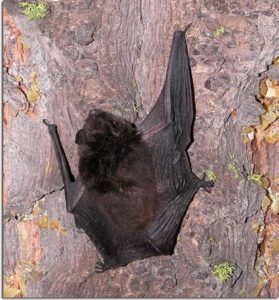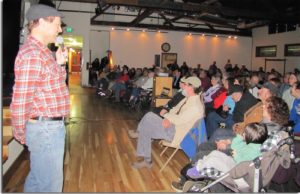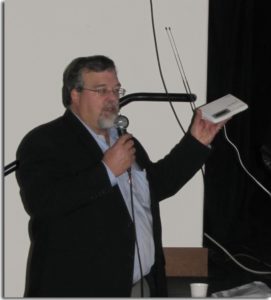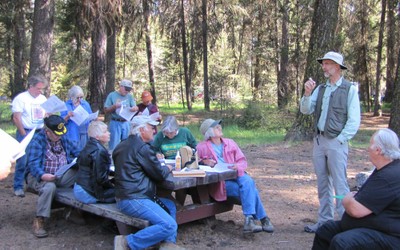On April 1st, 2011, WA Department of Fish and Wildlife Aquatic Habitat Engineer, Gina McCoy, provided perspective on the factors that affect stream processes. From “slower is better” water storage effects on watersheds and stream habitat, to the ways in which streams reach equilibrium, awareness of stream processes is the first step toward supporting healthy streams. Understanding channel and floodplain development, channel stability, and the role of wood in streams helps guide the restoration process in degraded streams. Gina also discussed the Myers Creek subwatershed existing conditions and restoration issues.
For the past 17 years, McCoy has provided technical assistance for stream-related projects throughout central Washington. She is currently participating in a project sponsored by the Colville Confederated Tribes to relocate and restore a 3,200 ft section of Bonaparte Creek. She is author of the ‘Stream Processes’ chapter of the Washington State Stream Habitat Restoration Guidelines manual. Prior to her current position, she co-created and managed a watershed-scale restoration project on the Yakama Reservation. McCoy’s graduate studies were in watershed hydrology and landscape ecology. She loves sharing her knowledge of streams with anyone who is interested – and that seems to include just about everyone.



